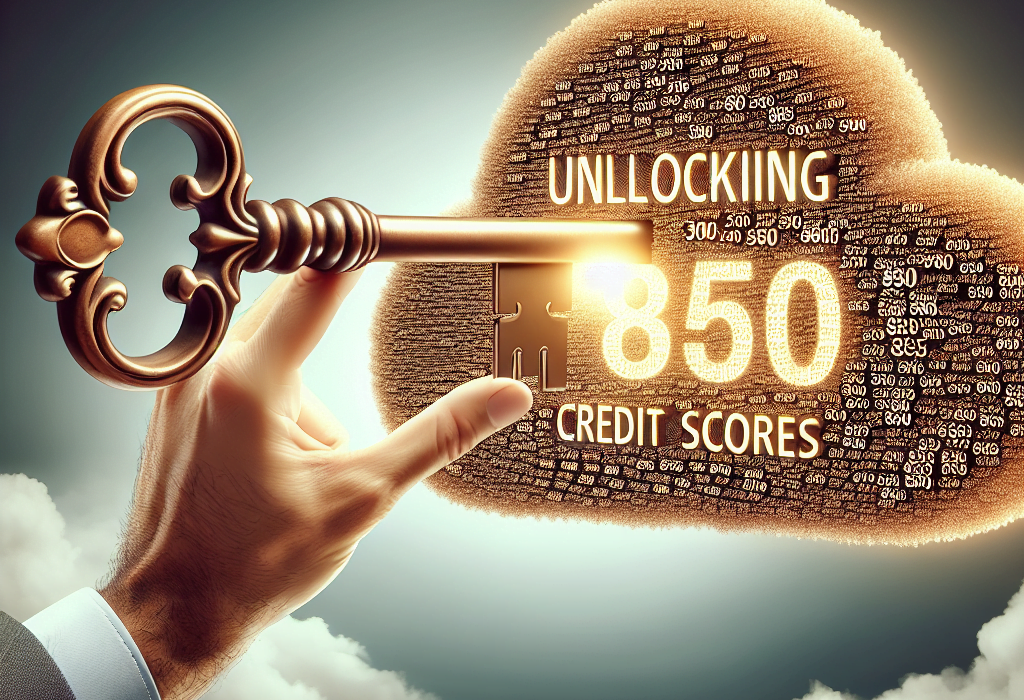Payment history, credit utilization rate, and length of credit history are aspects that lenders use to judge a person’s creditworthiness. However, most people do not know how these factors are calculated, leaving them in the dark about how they can improve their credit scores. It is essential to demystify the secrets behind credit scores to understand how they work, improve them, and potentially gain access to better loans and credit card offers.
Understanding Credit Scores
Credit scores are numerical representations of your creditworthiness, which lenders use to decide whether to approve or deny your credit application. The most commonly used credit scoring model is the Fair Isaac Corporation (FICO) score, ranging from 300 (worst) to 850 (best). However, there are other scoring models such as VantageScore, but most operate on a similar scale. Crucial factors include your payment history, amount of debt, length of credit history, type of credit used, and new credit lines.
Unlocking the secrets to improved credit scores
The key to improving your credit score lies in understanding the factors that influence it. Below, we break down these factors and how you can manipulate them to your advantage.
Maintaining a good payment history
Your payment history is the most influential determinant of your credit score, accounting for about 35% of it. It includes whether you have paid past accounts on time, any late payments, how late these payments were, and if any of your accounts went to collection. Improve your score by making payments on time and setting up payment reminders or auto-payments.
Control your credit utilization rate
Your credit utilization rate, which makes about 30% of your credit score, is the ratio of your total credit card balances to your total credit limit. Generally, lenders prefer lower ratios because it indicates responsible borrowing. Keeping your credit card balances low, paying off debts, or increasing your credit card limit can boost this aspect of your score.
Length of credit history
The length of your credit history accounts for about 15% of your credit score. It includes the ages of your oldest and most recent accounts and an average age of all your accounts. Maintaining older credit cards helps improve the length of your credit history and, thus, boost your credit score.
Mix of credit types and new credit
Having a mix of installment loans, such as auto loans or student loans, and revolving credit, such as credit cards, can improve your score. Moreover, boatloads of new credit applications within a short period can have a damaging effect, resulting in a dip in your score by creating the impression that you are desperately seeking credits.
Conclusion
Cracking the code to an improved credit score comes down to understanding the factors that influence your score and manipulating them to your advantage. Making timely payments, controlling your credit utilization rate, carefully managing your credit history, and judicious handling of new credit applications can make a significant difference in your creditworthiness. Thus, regardless of where you stand currently, following these steps will push you towards attaining and maintaining a high credit score.
FAQ Section
1. How often does my credit score update?
Your credit score might not change every month as lenders often report updates to credit bureaus monthly.
2. How long does it take to improve a credit score?
The time it takes to improve a credit score varies with each individual and depends on their current score and their credit history.
3. Do all lenders use the same credit scoring model?
No, not all lenders use the same credit scoring model. Some use FICO, while others use VantageScore, but they all give similar scores.
4. What is a good credit score?
A score above 700 is generally considered good, but the highest possible score is 850.
5. Do I need to check my credit score regularly?
Yes, regular checks help flag any sudden changes or errors and indicate identity theft.













